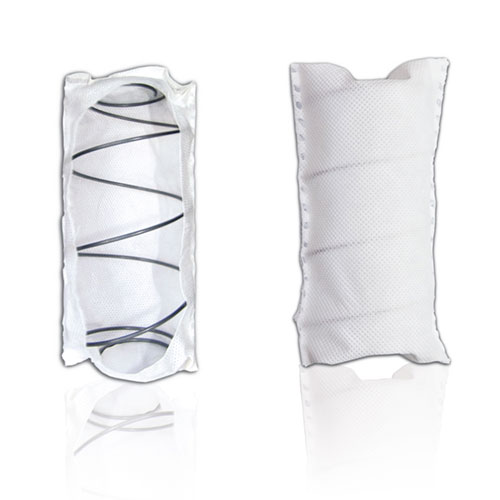Here's an intuitive explanation. High-frequency signals (like the WDM signals you are studying) contain very large frequencies. This is inconvenient, because you need to carry a frequency term in your equations, and because you need to sample those signals at huge rates to simulate them.
In many cases, though, the large frequency content is not fundamental, in the sense that we could analyze or simulate the same signal or system at lower frequencies. Consider a message $s(t)$ and the signal $$m(t)\cos(2\pi 10^9t).$$ We are interested in the message $m(t)$, and the fact that there is a 1 GHz carrier is incidental. The carrier could be 10 kHz or 100 THz instead and nothing fundamental in the signal has changed.
The complex envelope is the result of removing all of this superfluous high-frequency content from a signal. The purpose is to focus on the fundamental content of the signal (the message $m(t)$) and not on the carrier. The equations become shorter (no need to keep the GHz around), and it also becomes feasible to simulate (the sampling rate depends only on $m(t)$).
This simpler signal with no carrier is called the "complex envelope" of the original signal. It is comples just because of the way the math works.


arctan(imag/real), equals original's, and amplitude, calculated assqrt(imag^2 + real^2), likewise matches - and real part stays exactly equal to original signal. The imaginary part is called the "analytic part"; this approach has limitations. $\endgroup$